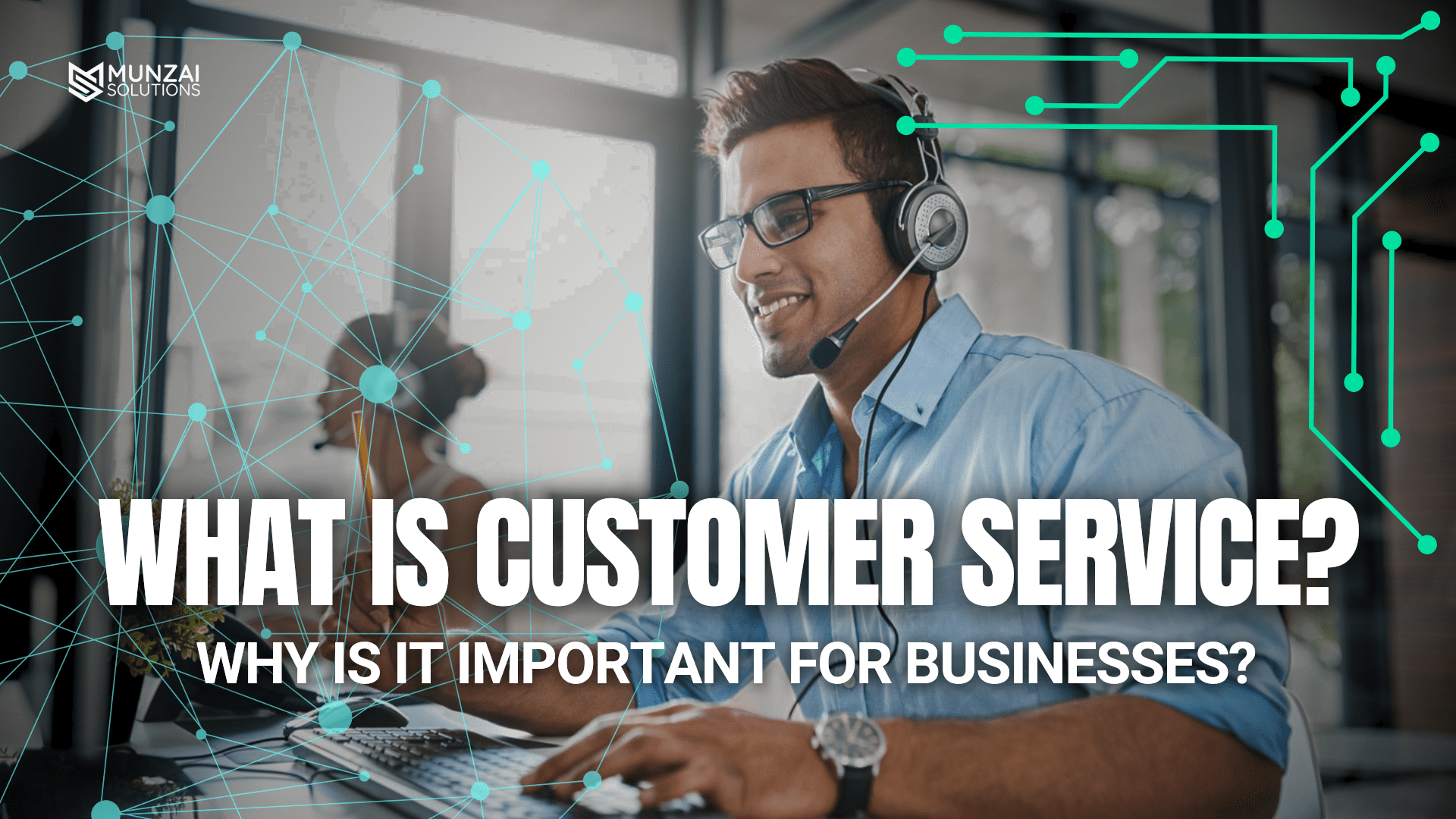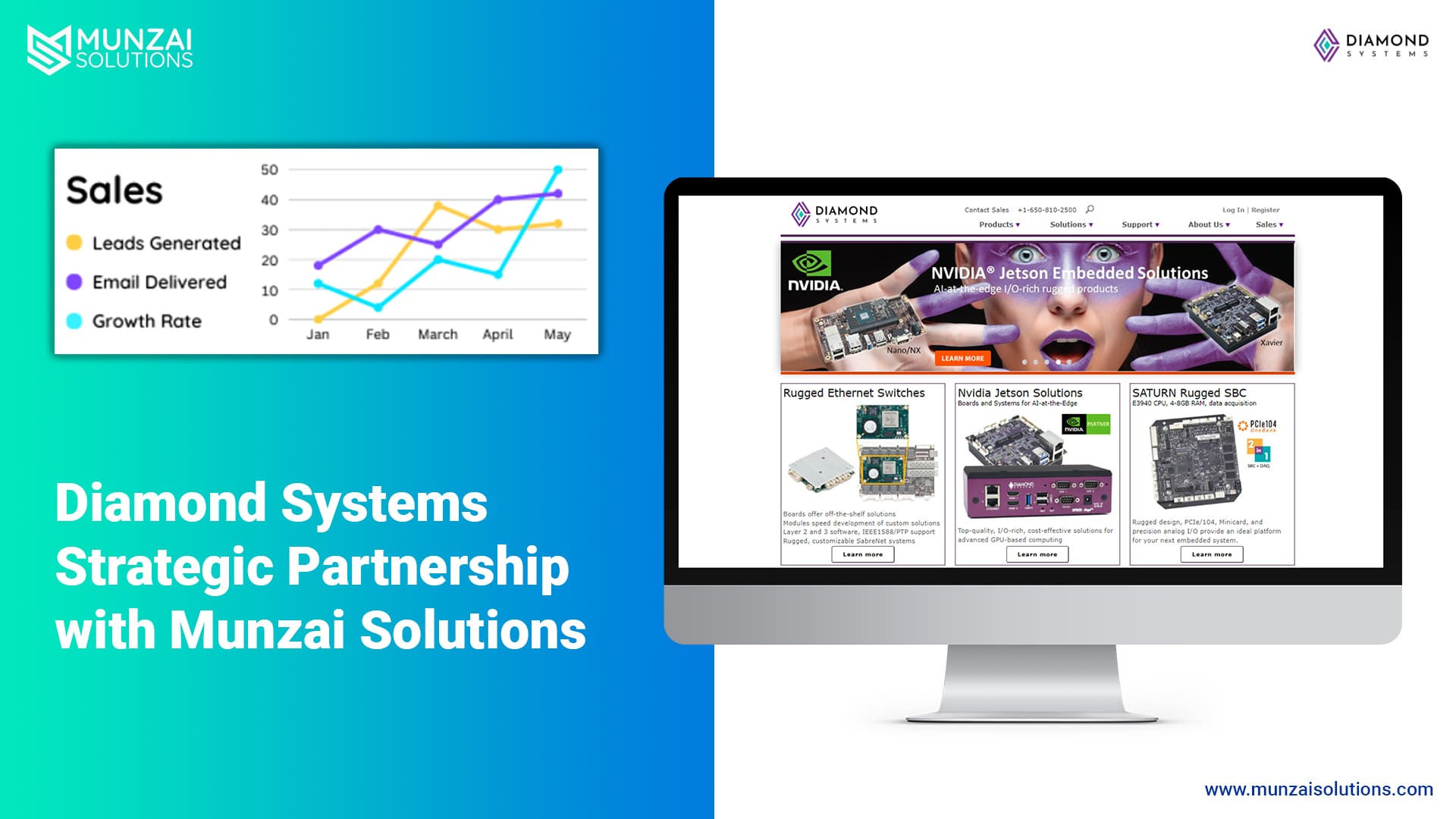Customer service is the sum of interactions between your business and a lead or an existing client/customer throughout a lifetime.
Initially, the leads could contact you to gather knowledge about your product/service and to weigh it against other options in the market based on cost, features, and benefits.
Later, they will get in touch to ask for help if they encounter problems with the product/service.
Another on the list is when the customer/client communicates their dissatisfaction with either the product/service or, as in most cases, it is to report the lack or delay in response to resolving their issue.
The last and the most dreadful situation is when the previously complaining customer goes silent. It means he’s either considering or switched to your competition. If cost or quality are not the underlying factors, then the top reason is perfunctory customer service.
Importance of Customer Service
Let’s say you have all the self-help links on your website so the lead/customer can find what they need.
Let’s further suppose your business deals with everyday run-of-the-mill things. It could be a water delivery service, an online banking application or a company selling wallets online.
Would customer service have an impact on your business in any significant way?
Yes.
Customer service applies to all aspects; face-to-face, online, or phone.
It means delivering a consistent service throughout.
It translates to a cumulative experience; starting from your sales team i.e. inbound SDRs, to the guy dropping the shipment – they are all part of the equation and must follow professional courtesy.
Allow us to elaborate.
How would a customer who was eagerly served during sales, but had to wait for a week to receive an email response, feel?
Worse, what if you must inform him that his exchange request cannot be processed, since it must be made within 3 days?
For emails, leads/customers oblige you by waiting between 12 to 24 hours before giving up on you.
It helps to implement the following on your website & social media chat to provide a better customer service experience online.
- A message displaying you are away & encouraging the user to leave a message so you can get back to them shortly.
- Canned responses to 5 FAQs if your product/service is on the technical side.
Benefits of Customer Service for Your Business
Most of the time, we undervalue the power of a single customer/client interaction based on stereotypes, and socioeconomic prejudices and lose the chance of fostering a long-term relationship.
Let us use an example of a sixty-plus-year-old businesswoman, quite aware of the biased treatment given to her compared to young women when she was not flaunting her power status. However, suppose a sales team did not let her age come into the equation and showed her proper courtesy, helped, and maintained professionalism throughout their interaction with her. Consequently, their attitude won her over. She placed multiple orders and became a long-term customer. This single interaction impacted the following key areas:
Brand Recognition – Despite it being an unknown brand, the business had left a mark ensuring the customer would remember them in the future.
Upselling Opportunities – Satisfied customers lead to upselling opportunities as they rely on their past positive experiences to make quick decisions.
Free Referrals – The customer became the brand ambassador in front of her whole team, beaming positively about customer service, and her consequent order while encouraging her employees to consider the same business.
Customer Retention – The cost of acquiring new customers is significantly higher than retaining a customer by paying attention to your customer service plan.
Employee Retention – Now how does this have a positive impact on the employees? It is human nature.
With strong customer service, you have satisfied customers/clients that leads to your sales and marketing teams facing less resistance when introducing new upgrades to the products/services, making their job easier. Your team associates these positive experiences with your company and helps retain them.
And, when your employees see you genuinely offering bias-free customer service they deduce, you would also apply the same in your relationship with them.
Plus, if your company has a commission structure applied to each upsell, that will bring the element of financial incentive into the equation. Who wouldn’t want that?
Features of Customer Service Excellence
What is the difference between professional and unprofessional customer service? It comes down to the following:
Professionalism & Etiquette
Impeccable customer service should not be reserved only for top-tier clients/customers. Your reps must be trained to show the same level of courteous professionalism.
Now the question is how you would differentiate between a $1000, $10,000, or a million-dollar customer. The privilege lies in providing dedicated services. For instance, an inbound SDR will be handling the smallest tier while the top management will be involved with the top-most tier at every step of the way.
It seems contradictory to suggest impeccable service for all and then overwhelm you with tier levels. The difference lies in rank. Your SDRs and managers will handle everything from sales calls to Zoom meetings for the beginning tiers. However, customers/clients from the high end of the spectrum will deserve a member from the top hierarchy – CEO, CMO, Project Manager – to be available for the meetings.
Implementing Customer/Client Feedback
Whether you receive feedback through any of the customer touch points or carry out a survey, implementing necessary changes within acceptable time limits creates a positive customer experience and helps boost customer service.
With proper steps, even budget customer service can help businesses reinforce a good image while ensuring regular revenue from existing sources.
Training for Customer Service Representatives
Customer Service representatives should have the following training:
- Complete understanding of the product/service along with relevant content that helps them communicate that information in bite-size pieces through all channels.
- Easy-to-understand scripts for calls.
- Illustrated PDF or presentation for emails
- Quick video links for complex products/services
- Prerecorded voice notes to send over social media
- Links to FAQS relevant to the query, pinpointing the solution
- An onboarding plan for technical products or SaaS services for new clients.
- Knowing beforehand which areas in the product/service will lead to queries and preparing for them.
Compensating Customers to Amend Mistakes
The bigger the issue, or the longer the delay in rectifying the mistake, the more you have to be willing to offer in compensation to your customer if you want them to let go of that incident, especially if they have experienced something similar in the past as well.
Let’s say your accounts department overbilled the client/customer and later realized their mistake. To assuage this error, a discount should be added to the amount returned, ensuring the customer does not hold any grudge against the business.
The Bottom Line
Businesses with great customer service ensure greater customer retention and employee retention enabling them to increase the customer lifetime value (CLV) while significantly reducing the customer acquisition cost (CAC) and lessening the HR burden.




